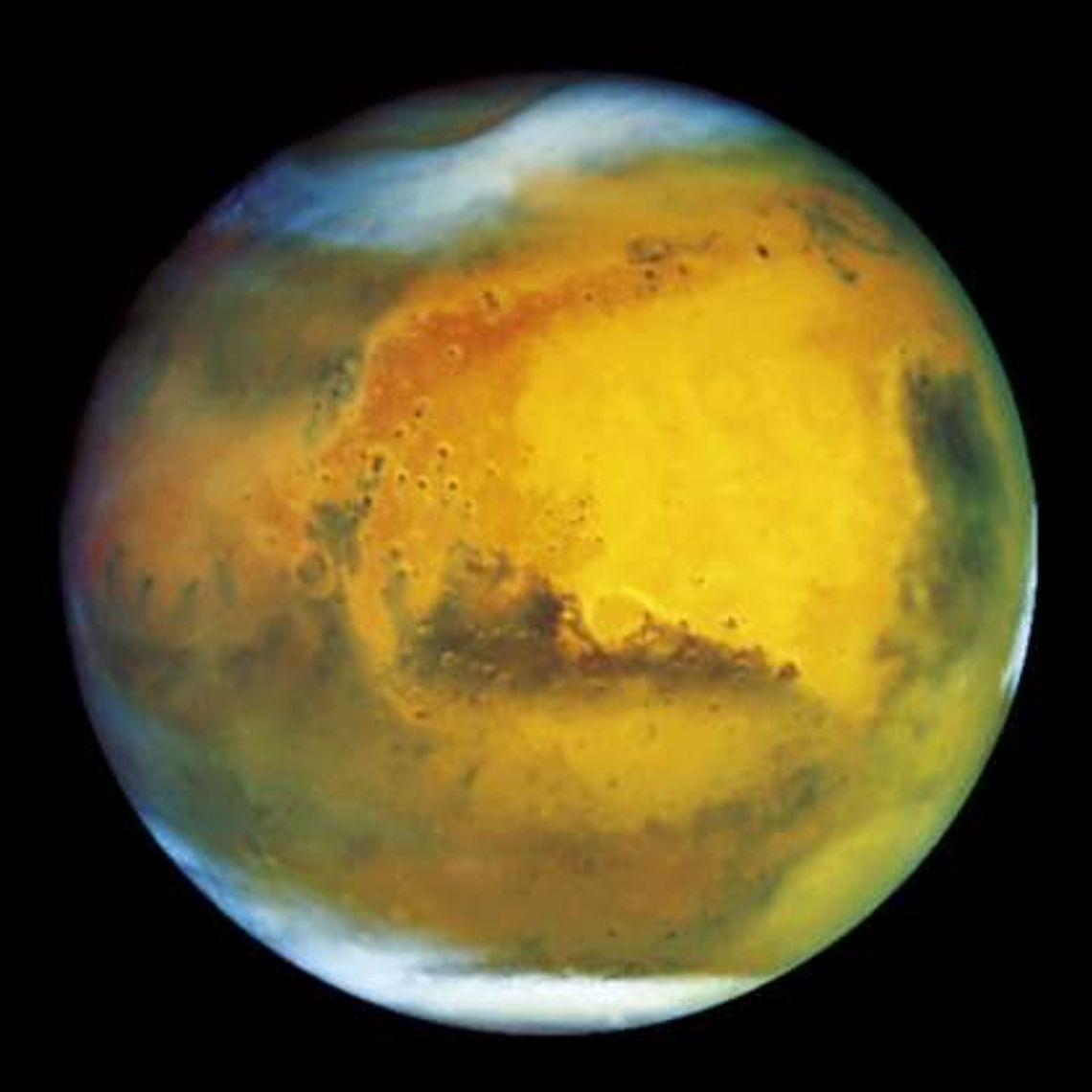I have a lot of things to discuss this month, so let’s dive right into it. Since Christmas is right around the corner, I get inquiries about this time for the best telescope for the budding Astrophysicist in your family.
First, let me say a telescope is best for the 12 and up crowd. They need to be old and mature enough to treat this as the possible beginning of a lifelong pursuit and not just another toy. So, I’m going to divide this up into 3 categories, under $500, under $700, and under $1,100.
There are “department store” telescopes that cost less than $200, but those won’t survive a year and won’t hold your kiddo’s interest either. Buy something from a reputable maker (I would recommend Celestron, based in Irvine, CA). This way there is an actual warranty, and the quality is good. I’ve had four in my life, including now.
Let’s start with under $500. Check out the Celestron 114LCM for $439. It has a 114 mm mirror diameter (4.5 inches) and is fully computerized yet small and compact enough that any 12-year-old can take it outside and set it up by themselves.
The next step up, under $700, I recommend the Celestron Nexstar 4SE at $679. It’s approximately the same aperture but has much sharper Maksutov optics, and it’s completely computerized so it finds objects for you. This is so important when you live in light-polluted cities. And YES, Boerne qualifies as a city when it comes to light pollution.
And lastly is the under $1,100 category. And Dad or Mom, this would be an excellent first telescope for the entire family. Here I recommend the 6-inch version of the previous telescope: the Celestron Nexstar 6SE right at $1,079. If your teenager is in the 14- to 18-year-old range, this is a telescope they can use in middle school and eventually haul off to college. In other words, they can use it until they can afford to buy their own telescope.
Okay, now let’s talk about what they can look at around Christmas. Mars is at opposition – at its brightest – and about as near to us as it gets in December. It’s at opposition at midnight Dec. 5.
I can personally attest to its brightness. About a month ago, I noted a bright orange object rising after 1 a.m. in the northeast. At first, I really didn’t know what it was. Turned out it was Mars.
On Dec. 7, Mars will be close to the moon at 10 p.m. For much of North America, the moon eclipses the red planet. This would be fascinating to watch in binoculars. Start watching just after twilight fades so you can spot Mars just to the left of the moon. After 10 p.m., the moon will overtake Mars and the space will increase.
Well into January, Mars will be quite an interesting target for astronomers everywhere. Since it’s also somewhat closer to the sun during opposition, the Martian atmosphere is warmer, and it kicks up dust in the sky. That tends to make it brighter but also obscures surface markings as seen from Earth.
NASA’s InSight rover has turned off many of its projects, such as its seismometer, because the dust storms have covered its solar panels to the point that its available electricity has dropped by over 40 percent.
Another celestial event will occur Christmas Eve. Just as twilight begins to fade, in the low eastern sky, Venus, Mercury and a crescent moon will be arranged in an isosceles triangle.
Mercury will be unusually bright, but Venus will be even brighter and will get brighter and higher into summer. The thin crescent moon will only have 4 percent illumination. This would all make a good cell phone photograph. Take a wide angle and then try to get all three in the same field of view.
Earlier in December, we’ll have the Geminids meteor shower which will peak in the early morning hours around 2 a.m. on Dec. 14. You can see Geminids Nov. 19 until Dec. 24. They will appear to come between Castor and Pollux in the constellations Gemini and mighty Orion.
Without interference from moonlight and streetlights, you can expect to see 150 streaks per hour near the peak. However, we’ll have a 72 percent illuminated moon in the sky, so we won’t see nearly that many.
Lastly, if you would like one of the black and white Kendall County Friends of the Night Sky metal signs that are popping up everywhere, contact Ed Rogers at [email protected]. The cost is $26 and they’re very durable.









Comment
Comments